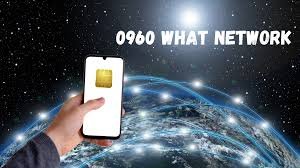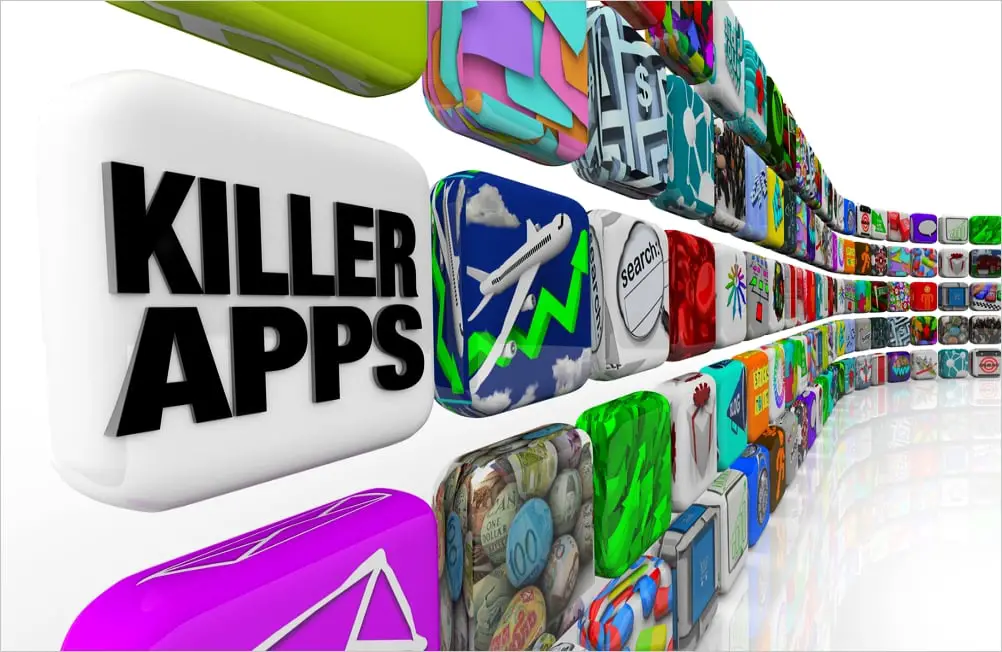
In the current generation where so much dependence is placed on the use of various internet devices, the importance of being connected cannot be overemphasized. By what most of us would readily define as All Access Technologies, we have available information flow, the ability to communicate instantly, and the ability to access a whole range of resources that are now at our fingertips. Starting from simple things such as landline telephone, to complex smart phones and high-speed internet, the access technologies have transformed the very basis of society today, even distorting how we interact with the immediate environment in which we find ourselves, learn and
Understanding All Access Technologies:
In its broadest sense, every form of access technology entails a complex network of equipment, systems and/or services that enable connectivity and or communicate. These range from the basic communication and computing devices we have known for decades such as the landline telephones and personal computers all the way to the smartphones, tablets, wearable technology devices and all the complex networks that connect them together. Even the basic physical infrastructure up to the higher-level software control schemes are fundamental to the overall scheme of commanding inter connectivity across the broad domains of platforms or devices.
The Evolution of Connectivity:
The advance in access technologies have been defined with a number of iconic phases that has each time brought a new and enhancing viewpoint and use to the concept of connectivity. The fundamental dial-up connection in the , late 20th century provided the foundation for Internet access, albeit at a slow speed in comparison with International standards. However, with the developing opportunities of telecommunications and information technology, emerging was broadband, which allowed providing the top, extreme speeds and constancy. Along with this evolution, advancement in mobile technologies including elementary communication devices such as the cellular and hand-held phones to the modern day smart phones that we are conversant with.

Mobile Connectivity: A Game-Changer:
Mobile connectivity appears to be one of the most prominent advancements people with access technologies have enjoyed. Smartphones together with the growth of mobile network data flexibility has come to relieve us the barriers of geographic location to get ad relay information and people. It might be in checking emails on the move, streaming a video in a car or conducting business from an ambulence, mobile connectivity has indeed become a core part of everyone’s life today.
High-Speed Internet: The Backbone of Modern Connectivity
High speed internet foundation of network that personal communication has revolutionized with realization of mobile connectivity. From streaming HD videos to participating in online video games tournaments, there is a great urge to have high-speed connectivity. Applications like fiber optic broadband and 5G wireless networks have taken connectivity to a new level by providing very high data rates and very low latency that are almost impossible to conceive of only a few decades ago. Thus, the clients can have an unbroken stream of the connectivity in relating their day-to-day activities whether in the form of teleworking, using applications involving themselves in meetings or otherwise by likely ‘surfing the World Wide Web.
The Internet of Things (IoT): Linking Everything in Our Environment
Still, they are replaced by smartphones and computers and, in particular, by the Internet of Things, which, in fact, means the interconnection of devices and various objects. From home appliances and health smart wearables, to industrial sensors and self-driving cars, the possibilities of what the IoT technology is capable of is impressive. These devices employ sensors, actuators, and possibly obviously wireless data connection that enable them to capture, analyze and transmit data so that enables decision making, perform process automation and enhance those that cannot be adapted to a level that was hardly imaginable some time back.
Possibilities and Difficulties:
Albeit the patient has witnessed considerable advancement in accessing options through use of access technologies, they also pose numerous challenges and possibilities. Several concerns still present themselves, including the prevalence of the digital divide, a situation that sees minorities and the oppressed get a raw deal as regards to issues like access to technology or the internet. However, issues to do with privacy, security, and cyber risks remain pertinent in today’s rising globalization and digitization of services. Nevertheless, these disadvantages come hand in hand with enormous opportunities for creating novelties, cooperation, and, in general, positive changes in people’s lives.
Conclusion:
To sum up, access technologies significantly change the approaches to interact with relatives, friends, and even ourselves in addition to the ways we use internet and available tools. Starting with the first attempts at connecting to the Internet through dial-up, passing through generations of wireless technologies to the future of virtually omnipresent Internet of Things connectivity, these access technologies have come a long way.
FAQs
(1) Which access technologies are present in these examples?
Any given access technology can cover an entire range of device and service elements, based on mobile and portable phones and portable computers and tablets, wearable access devices and supporting fixed wireless and wired broadband networks.
(2) What lifestyle and professional changes have resulted from mobile connectivity?
Cellular data has dramatically changed the way people interact with one another and work, as it allows a person to use information, be in touch with the people, or conduct operations at any location.
(3) How does access technologies relate to the Internet of Things (IoT)?
But in a simple definition, the Internet of Things or IoT is an environment where every item connects to operate within the same network. It fits into the context of access technologies since it increases the scope of equipment and services that can be connected to networks.
(4) What difficulties do technologies for access face?
However, the following challenges need to be solved in order to make technology and connectivity accessible to everybody digital divide that means unequal distribution of technological assets, privacy and security issues, which create threats of cyber attacks.
(5) How can the promise of access technologies be fully utilized?
Therefore, it is possible to make appropriate use of access technologies to face up to the challenges of social exclusion and come up with a high level of equity, as well as connecteness by breaking barriers, promoting development as well as enhancing communication proficiency.






